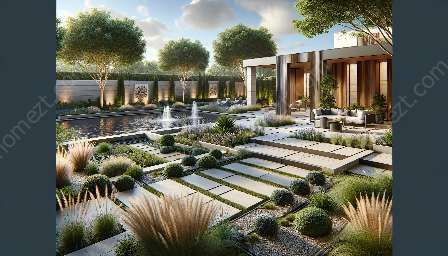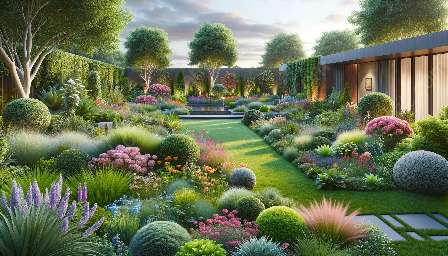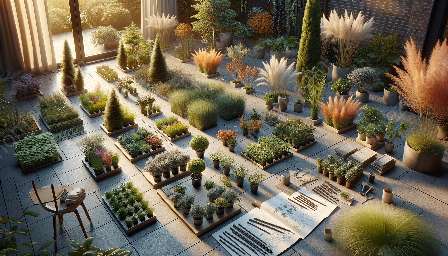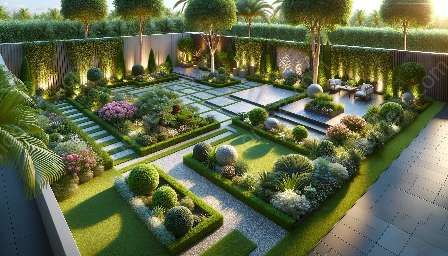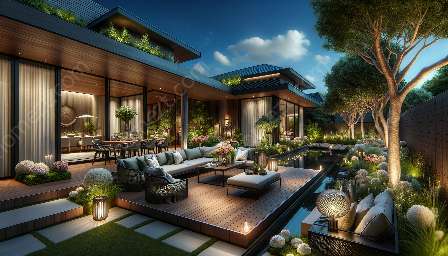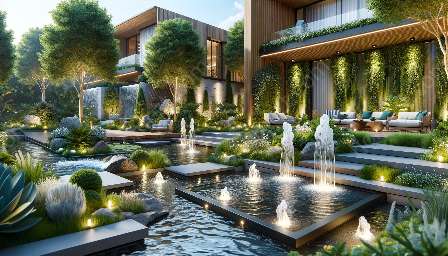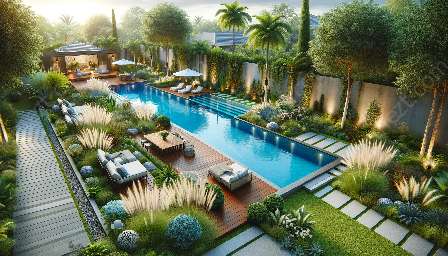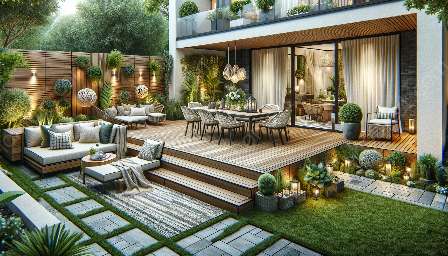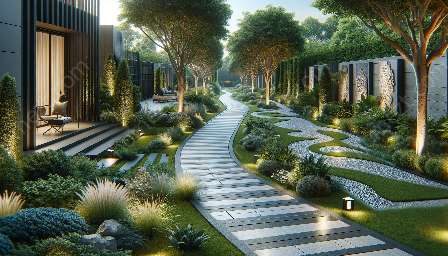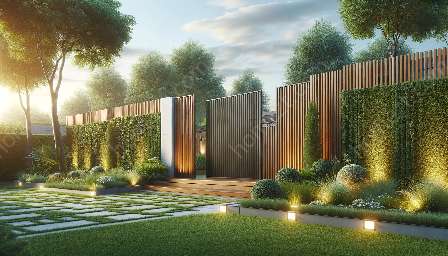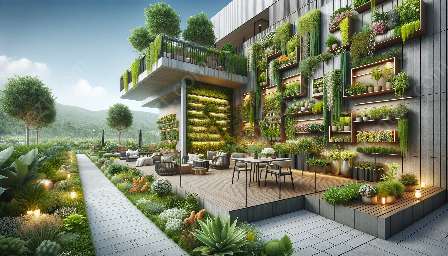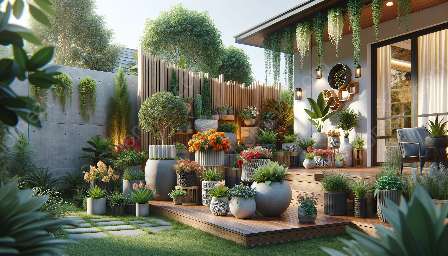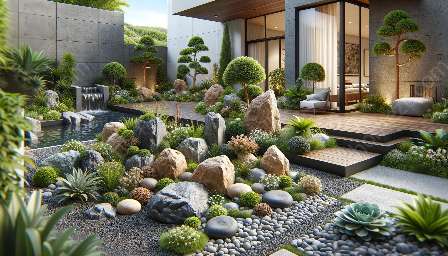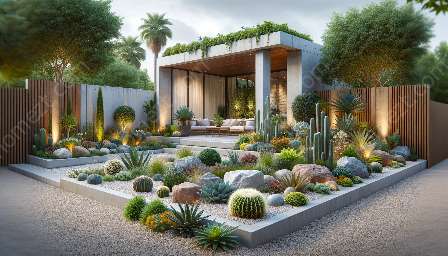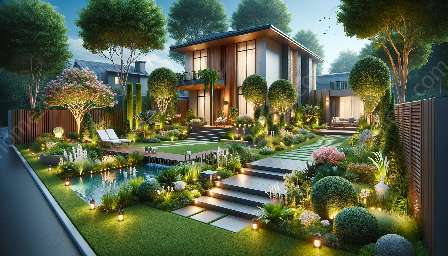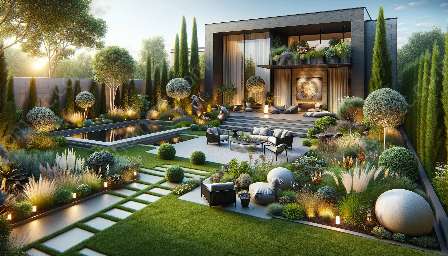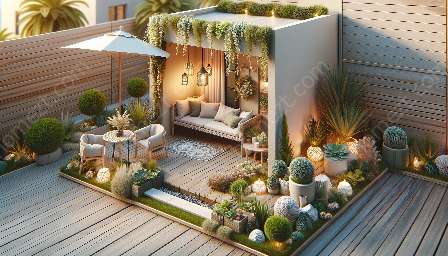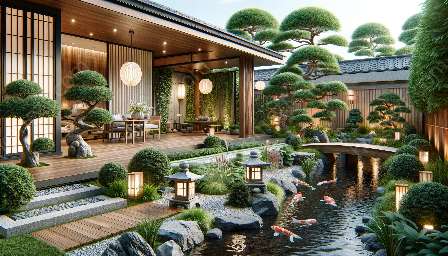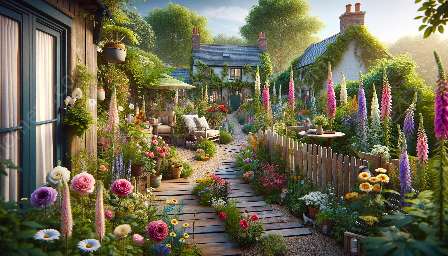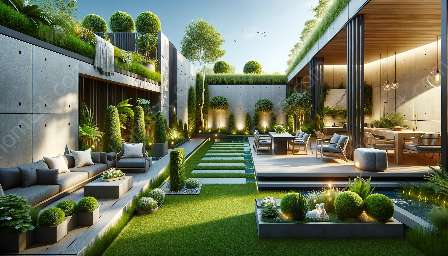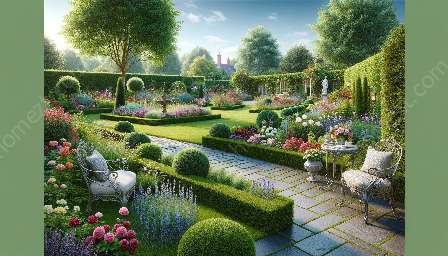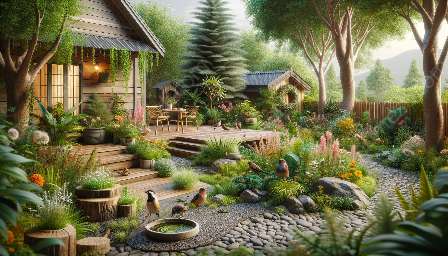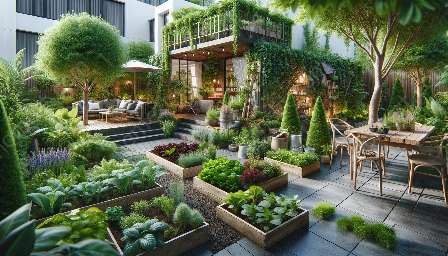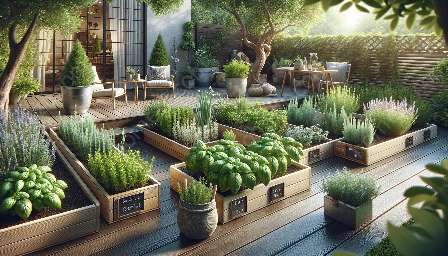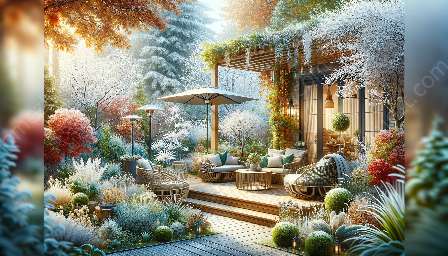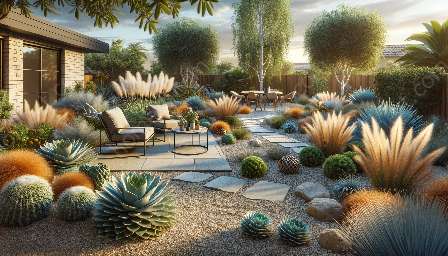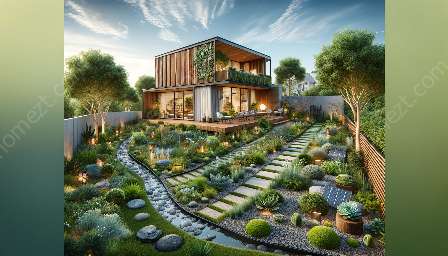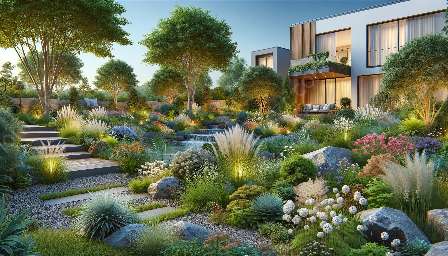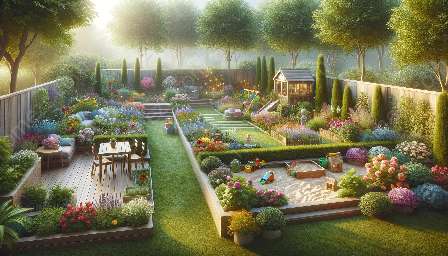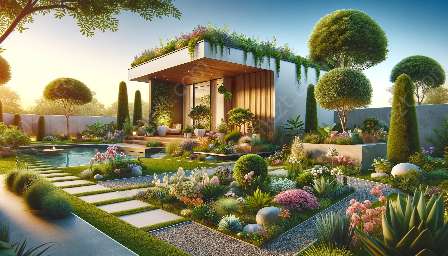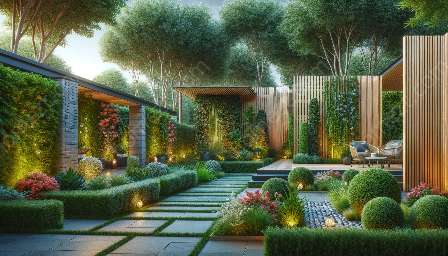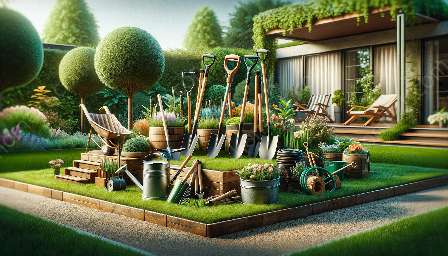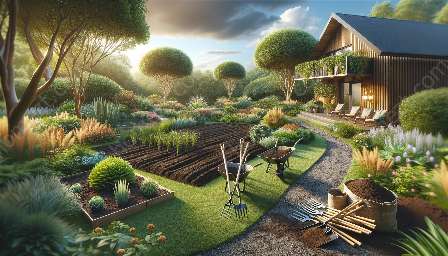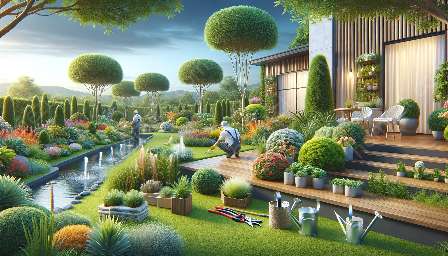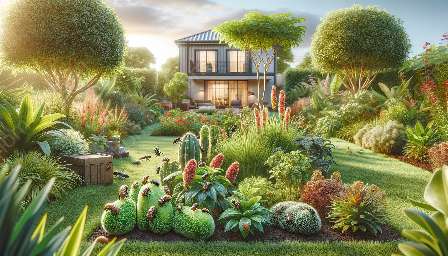Enhancing outdoor spaces with aesthetically pleasing walkways and pathways is an essential aspect of landscaping design. When it comes to creating a seamless transition between the outdoor environment and home furnishings, careful consideration must be given to the design, materials, and layout of walkways and pathways. Let's explore the principles of walkway and pathway design and how they can be harmoniously integrated with landscaping ideas and home furnishings.
Key Elements of Walkway and Pathway Design
Successful walkway and pathway design goes beyond simply providing a means to navigate outdoor spaces. It should enhance the visual appeal of the landscape and complement the design of the home and its furnishings. Here are the key elements to consider:
- Material Selection: Choosing the right materials, such as natural stone, pavers, or gravel, can significantly impact the overall aesthetic of the walkway or pathway.
- Curved vs. Straight Lines: The shape and layout of walkways and pathways can influence the flow of the landscape. Curved paths often create a softer, more organic feel, while straight lines can provide a more formal and contemporary look.
- Integration with Landscaping: Effective walkway design seamlessly integrates with the surrounding landscape. This can involve incorporating plantings, lighting, and other landscaping elements along the path.
- Accessibility and Safety: Ensuring that the paths are easily accessible and safe to use is crucial. This may involve considering factors such as slope, width, and non-slip materials.
Landscaping Ideas for Walkway and Pathway Design
When it comes to landscaping, the design of walkways and pathways plays a pivotal role in creating a cohesive and inviting outdoor space. Here are some landscaping ideas that can be seamlessly integrated with walkway and pathway design:
- Flower-lined Paths: Pairing colorful flowers and plants along the edges of pathways can add a vibrant, natural touch to the landscape.
- Vertical Gardens: Incorporating vertical gardens or trellises alongside pathways can introduce greenery and create a visually striking feature.
- Water Features: Introducing water elements, such as fountains or ponds, can create a serene and relaxing atmosphere along walkways and pathways.
- Outdoor Lighting: Strategic placement of outdoor lighting can not only illuminate the paths for safety but also create a captivating ambiance in the evening.
Harmonizing with Home Furnishings
The design of walkways and pathways can be further enhanced by considering how they harmonize with the home's furnishings and outdoor decor. Here's how to achieve a seamless integration:
- Consistent Design Language: Choose materials and styles for the walkways and pathways that complement the existing design of the home and its furnishings.
- Outdoor Seating Areas: Create designated seating areas along pathways, furnished with comfortable outdoor furniture, to encourage relaxation and enjoyment of the outdoor space.
- Decorative Accents: Integrate decorative elements, such as sculptures, planters, or outdoor rugs, along the pathways to add visual interest and personality.
- Color Coordination: Consider coordinating the colors of the walkway materials with the color scheme of the home furnishings for a harmonious visual connection.
Conclusion
Walkway and pathway design are integral components of landscaping that can greatly enhance the aesthetic appeal and functionality of outdoor spaces. By integrating walkway and pathway design with landscaping ideas and home furnishings, it's possible to create a cohesive and enchanting outdoor environment that complements the home's interior design. Implementing these design principles can help elevate the overall outdoor living experience and add value to the property.

